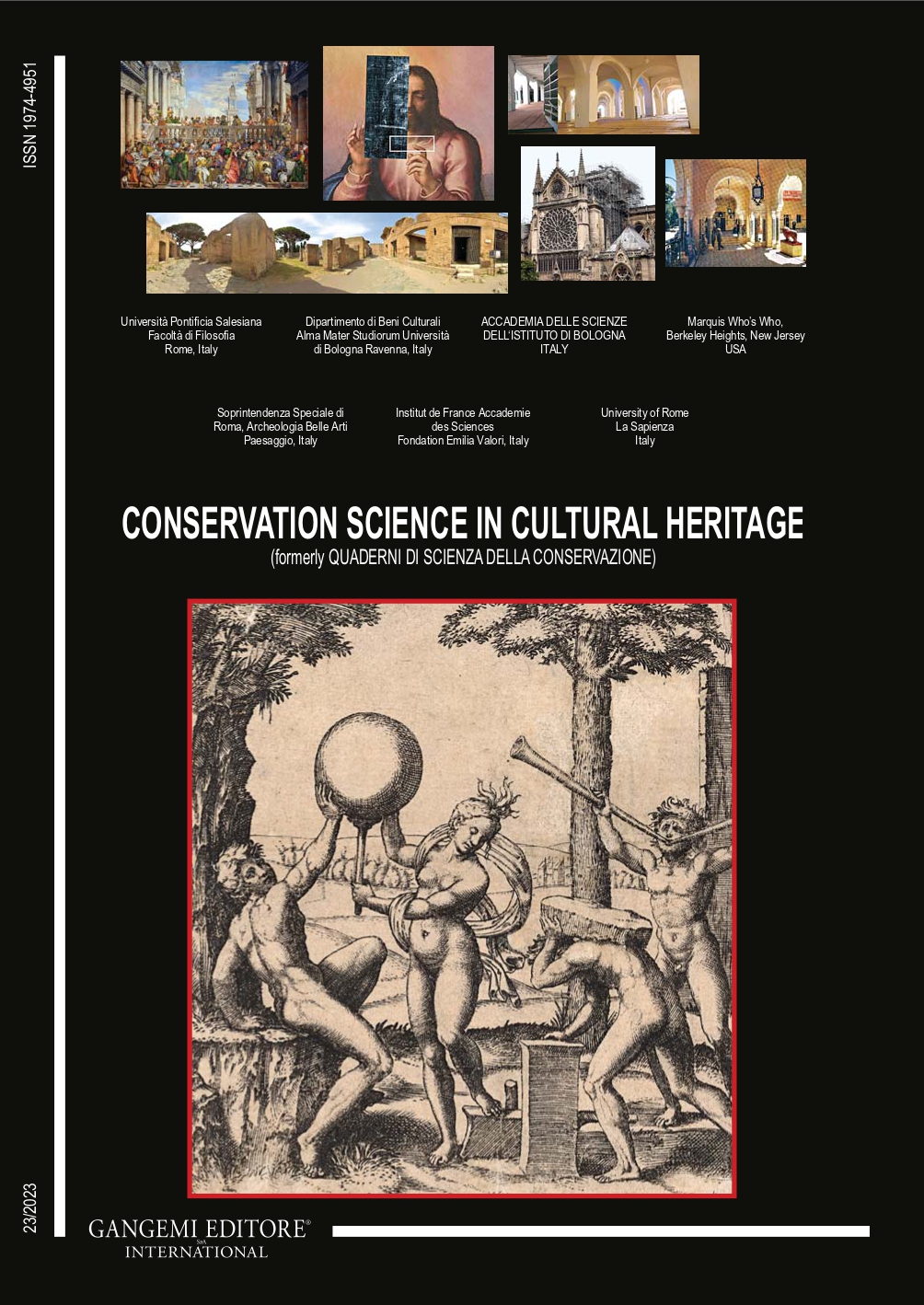The colors of Mzab cities: heritage, culture and symbolism
DOI:
https://doi.org/10.6092/issn.1973-9494/20042Keywords:
color, Mzab, visual harmony, identity, symbolicAbstract
In Algeria, the habitat of the Mzab, a UNESCO World Heritage Site, is considered a remarkable model for the use of color in its architecture. Its chromatic physiognomy is a unique example of visual harmony, quality and simplicity, where color contributes to the identity and image of the place. In the past, Ibadite buildings were either whitewashed or their color was expressed through the original material: sand. This allowed them to blend in perfectly with their surroundings. However, technological progress and the development of industrialization have provided residents with an unlimited number of colors and the market today offers a wide variety of paint colors. As a result, they have greater freedom of chromatic choice when renovating their homes. So, in the face of globalization, how have building colors evolved in the Mzab? How do residents use this variety of colors to maintain the facades of their homes? Do they always preserve the original hue of the building material? The on-site research is based on interviews with local residents, observations over time, and photographic images of the buildings. It shows that today's increasingly diverse building colors are appropriate to the climate and the cultural, symbolic, and economic circumstances of the inhabitants. They carefully preserve the identity of the place and express the austerity of the buildings, as well as traditional Mozabite values.
Downloads
Published
How to Cite
Issue
Section
License
Copyright (c) 2023 Meriem Benkhedda

This work is licensed under a Creative Commons Attribution 3.0 Unported License.





